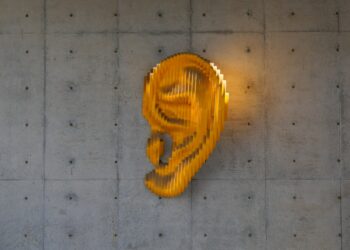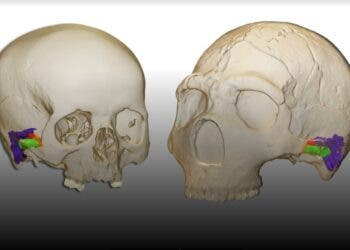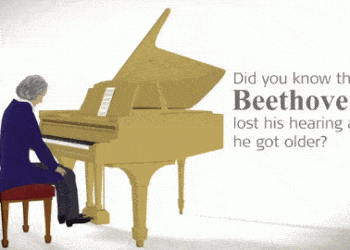A few days after a routine injection into her inner ear, a seven-year-old girl in China turned her head toward a faint beep. It was the first time she had ever responded to sound. Within months, she could hold a conversation with her mother without lipreading or the help of a cochlear implant.
Her story is part of a landmark clinical trial that has, for the first time, used gene therapy to restore hearing in children, teenagers, and adults born with a rare genetic form of deafness. The results, published in Nature Medicine, mark a major milestone: because this therapy worked across a wide age range.
“This is a huge step forward in the genetic treatment of deafness, one that can be life-changing for children and adults,” said Maoli Duan, a lead investigator from Karolinska Institutet in Sweden.

Gene Therapy Turns Silence into Sound
Roughly three in every 1,000 babies are born with hearing loss in one or both ears. While cochlear implants have changed many lives, they require surgery and don’t fully restore natural hearing. For a small group of patients with mutations in a gene called OTOF, there may now be another option: fix the gene itself.
The OTOF gene encodes otoferlin, a protein that plays a critical role in hearing. It helps transmit sound signals from the inner ear to the brain. People with mutations in this gene are born profoundly deaf, but their inner ears remain structurally intact. That made them ideal candidates for a precise kind of gene therapy.
In the study, researchers used a synthetic virus (called an AAV, short for adeno-associated virus) to deliver a healthy copy of the OTOF gene into the ear. The virus was injected through a small opening at the base of the cochlea called the round window. Once inside the inner ear, the virus slipped into sensory hair cells and deposited its genetic cargo.
The study enrolled ten patients aged roughly between 2 and 24 years. Each received the injection in one or both ears. Within a month, all ten began to show measurable improvements in hearing.
A Rapid and Measurable Recovery
Before the therapy, participants could not detect sounds even at maximum volume (over 100 decibels, the equivalent of a loud motorcycle next to you). After six months, the average patient’s hearing threshold had improved to 52 decibels, a range that can accommodate many spoken conversations.
In objective tests, brain activity showed clear responses to clicking sounds and tones. In behavioral assessments, some patients could identify everyday words. One child, four months post-treatment, could understand speech without visual cues or an implant. Another identified words like “scissors” and “banana” just a month after the injection.
“Hearing was greatly improved in many of the participants, which can have a profound effect on their life quality,” Duan said.
Most of the improvement happened quickly. According to the study, 62% of the overall hearing gains occurred within the first month. By month six, that figure rose substantially.
Researchers also observed a clear pattern: the children aged five to eight showed the best results. Toddlers and adults improved too, but to a lesser extent.
That age range stood out even in the detailed follow-up. Participant 4, a seven-year-old girl, regained nearly normal hearing. Her test results—at some frequencies—were better than the population average. In contrast, Participant 9, the sole adult in the study, showed modest gains: enough to detect clapping or count spoken words, but not enough for open conversation.
So why does age make such a difference? Scientists aren’t sure. One theory is that the brain’s ability to process sound may peak in middle childhood—old enough for some auditory development, but young enough for flexible adaptation. Another possibility is differences in how the virus moves through the ear at different ages. These questions remain open.

Safety and What Comes Next
Of course, this only matters if the treatment is safe. Thankfully, all ten patients tolerated the therapy well. The most common side effect was a mild drop in white blood cells. No serious adverse events were reported—even for one participant who received two injections in the same ear.
The researchers tested patients across five hospitals in China. The trial was supported by Otovia Therapeutics Inc., the biotech company that developed the therapy. Scientists from institutions in Sweden, the U.S., and China collaborated on the effort.
Still, there are limits. The sample size was small. Some participants had only modest improvement. And while early results are promising, researchers don’t yet know how long the benefits will last. Follow-up will continue for five years.
“The present result has not only expanded the therapeutic window to include adolescents and adults, but also indicated an optimal age range of 5–8 years for the therapy,” the study’s authors wrote.
Crucially, OTOF-related deafness is rare. The hope now is to use the same strategy on more common genes—like GJB2 or TMC1—that cause hearing loss in a larger share of patients. These genes are harder to target, but animal studies have shown progress.
“OTOF is just the beginning,” said Duan. “We are confident that patients with different kinds of genetic deafness will one day be able to receive treatment.”






